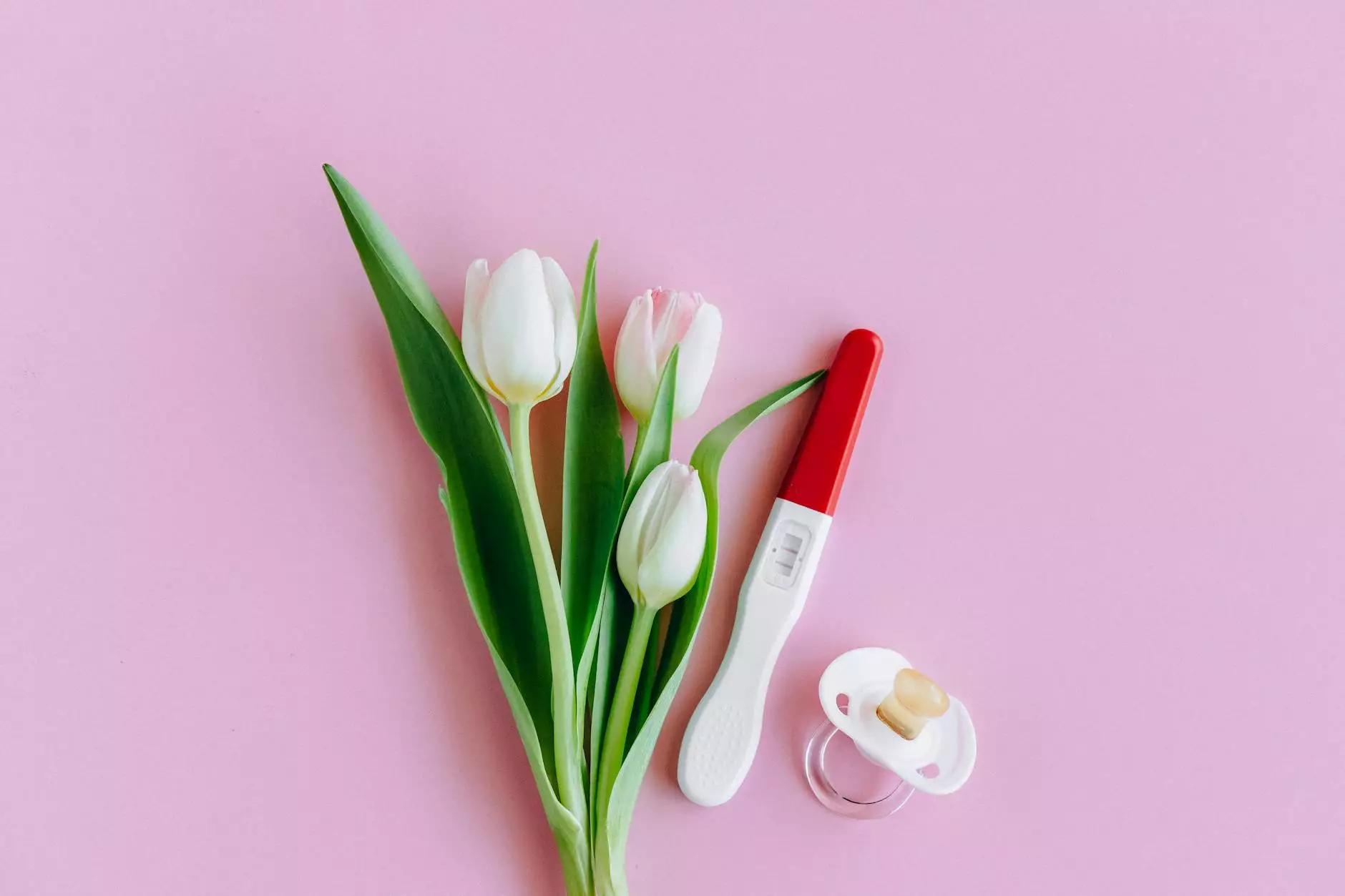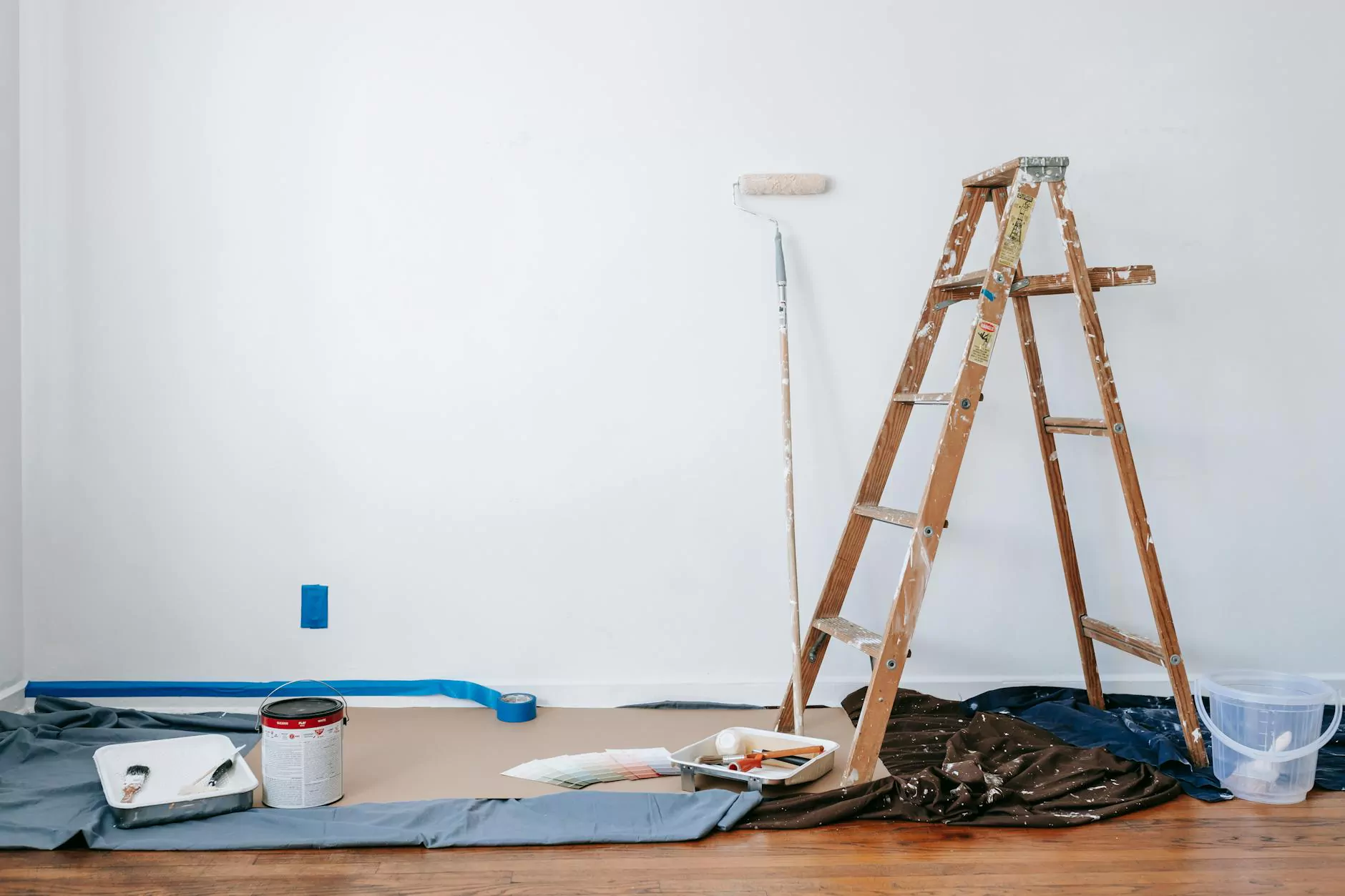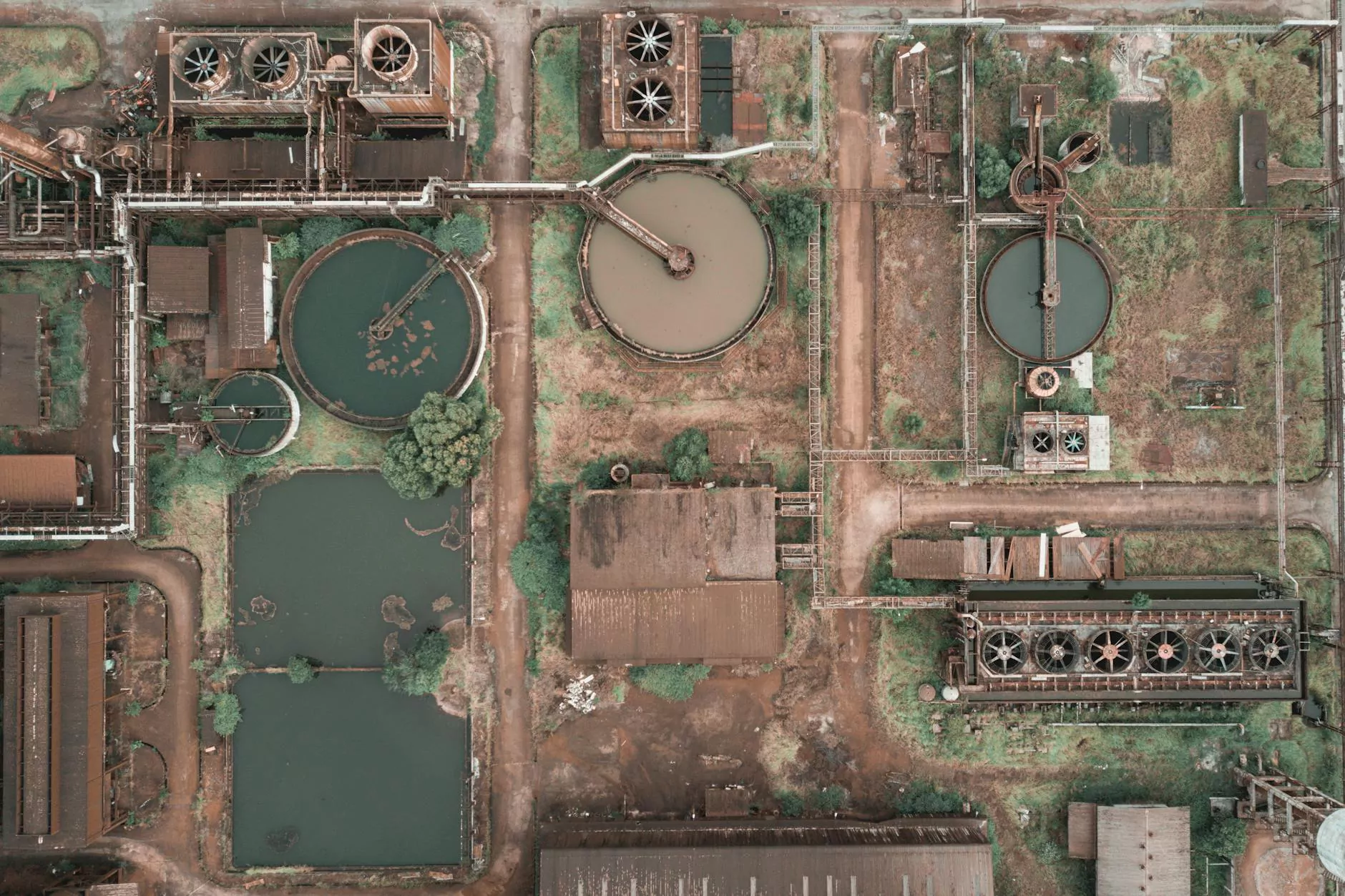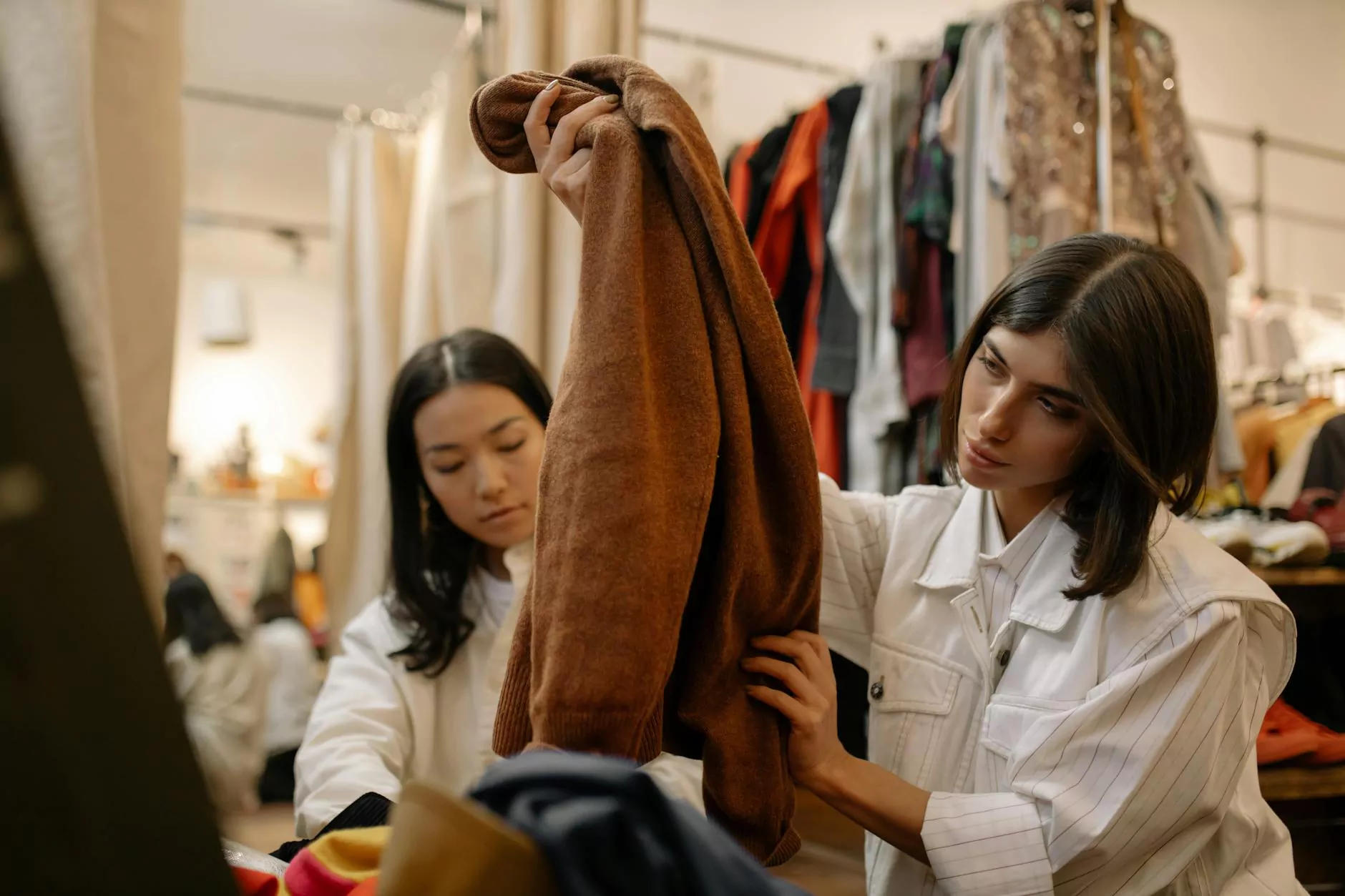Understanding Varicose Veins in Black Skin
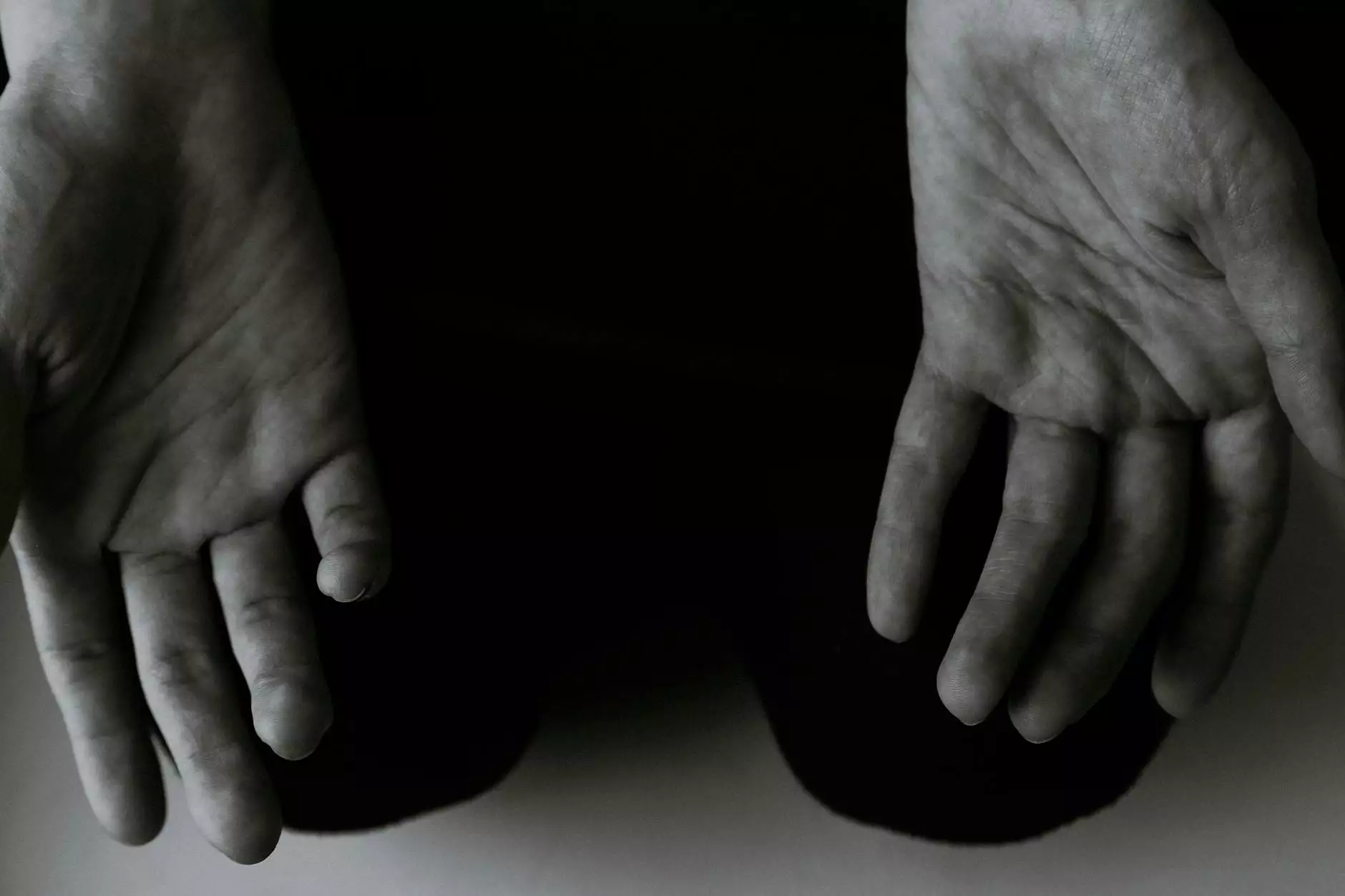
Varicose veins. is a condition that affects a substantial portion of the population, commonly leading to discomfort and aesthetic concerns. Particularly in individuals with black skin, there are unique characteristics and considerations that arise in the diagnosis and treatment of this vascular condition. In this article, we will explore the various aspects of varicose veins in black skin, including their causes, symptoms, and the most effective treatment options.
What Are Varicose Veins?
Varicose veins are swollen, twisted veins that often appear blue or dark purple. They mainly occur in the legs and can cause various symptoms, including pain, heaviness, swelling, and itching. In some cases, they may lead to more serious health issues, such as blood clots or skin ulcers.
Causes of Varicose Veins in Black Skin
The causes of varicose veins are multifaceted. Here are some of the most significant factors:
- Genetic Predisposition: Family history plays a considerable role in the likelihood of developing varicose veins. If parents or siblings have them, you may also be at risk.
- Age: As we age, the valves in our veins can weaken, leading to poor blood circulation and the development of varicose veins.
- Gender: Women are more likely than men to develop varicose veins, partly due to hormonal changes during pregnancy, menstruation, or menopause.
- Obesity: Excess body weight adds additional pressure on the veins, contributing to their enlargement.
- Prolonged Standing or Sitting: Occupations that require long periods of standing or sitting can increase the risk of developing varicose veins.
- Pregnancy: During pregnancy, changes in hormone levels and the physical pressure of the growing uterus can lead to varicose veins.
How Varicose Veins Present in Black Skin
In individuals with black skin, the visibility and presentation of varicose veins may differ from those in lighter-skinned individuals. Here are some specific points to consider:
- Color Variation: The veins may appear darker in contrast to the skin tone, making them more prominent.
- Skin Changes: Some individuals may experience darker patches or discoloration around the affected veins.
- Scarring: Varicose veins might lead to complications such as skin ulcers or wounds, which can affect the skin's appearance and health over time.
Symptoms of Varicose Veins
The symptoms experienced can vary widely among individuals. Here are some common signs:
- Swelling: Particularly in the legs and ankles, swelling can occur after long periods of standing.
- Heaviness and Pain: A feeling of heaviness in the legs and pain that may worsen toward the end of the day.
- Itching and Burning: Affected areas may be itchy or burning, causing discomfort.
- Visible Veins: The appearance of swollen, bulging veins can be distressing for many individuals.
Treatment Options for Varicose Veins
There are various treatment options available for managing and treating varicose veins, especially tailored for those with black skin.
Conservative Treatments
Initial treatment usually involves conservative measures, such as:
- Compression Stockings: These stockings help improve circulation and reduce swelling.
- Exercise: Regular physical activity can be beneficial in enhancing blood circulation and reducing symptoms.
- Weight Management: Losing excess weight can significantly minimize the pressure on the veins.
- Elevation: Elevating the legs can alleviate symptoms after prolonged periods of standing or sitting.
Medical Treatments
If conservative methods are ineffective, medical interventions may be necessary:
- Laser Therapy: This non-invasive option uses laser technology to close off affected veins.
- Sclerotherapy: A solution is injected into the varicose veins, causing them to collapse and fade from view.
- Endovenous Laser Therapy (EVLT): This technique uses laser energy to treat larger varicose veins through a catheter.
- Vein Stripping: A surgical procedure to remove varicose veins that may be more severe.
Preventive Measures
While not all varicose veins can be prevented, certain lifestyle changes can significantly reduce the risk:
- Maintain a Healthy Weight: Achieving and maintaining a healthy weight is crucial to reducing vein pressure.
- Stay Active: Regular movement promotes good circulation, especially in the legs.
- Avoid Prolonged Sitting/Standing: Take breaks and change positions frequently to avoid blood pooling in the legs.
- Wear Comfortable Shoes: Footwear that provides good support can contribute to overall leg health.
- Hydrate: Staying hydrated helps maintain healthy blood flow and circulation.
When to See a Doctor
If you experience the following symptoms, it may be time to consult a healthcare provider:
- Severe pain in the legs or any unusual symptoms.
- Swelling that doesn’t go down with elevation.
- Ulcers or sores around the ankle.
- Significant changes in the color of the skin on your legs.
Conclusion
Understanding the complexities of varicose veins in black skin is vital for appropriate diagnosis and treatment. The Truffles Vein Specialists offer expert advice and tailored treatment plans to manage and treat varicose veins effectively. It is essential to be proactive in addressing any symptoms and to consider preventive measures to maintain optimal vascular health.
By prioritizing your vascular health, you can ensure a better quality of life and reduce the risk of complications associated with varicose veins. Don’t let varicose veins hold you back; seek assistance from a specialist today!
varicose veins black skin
